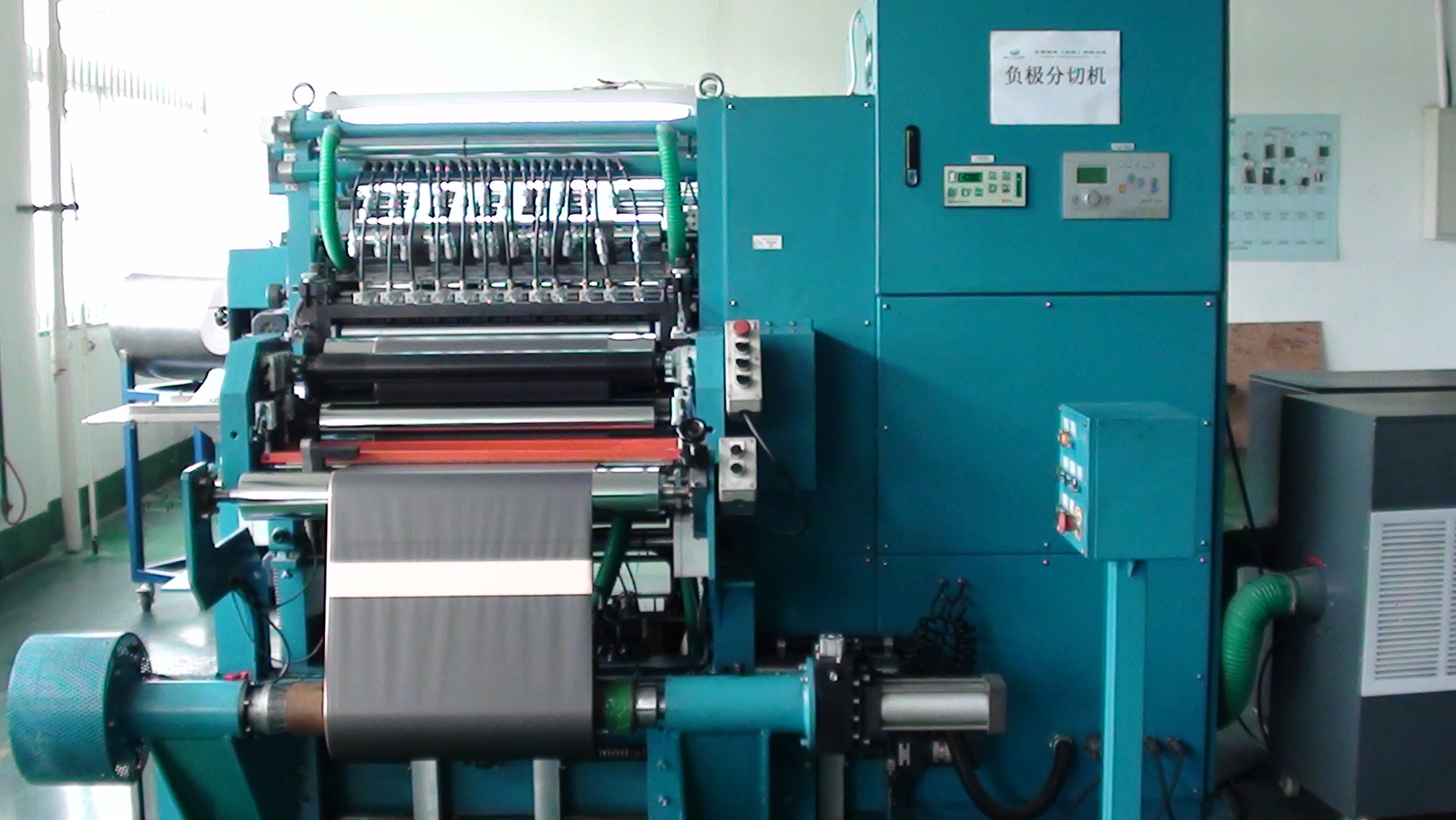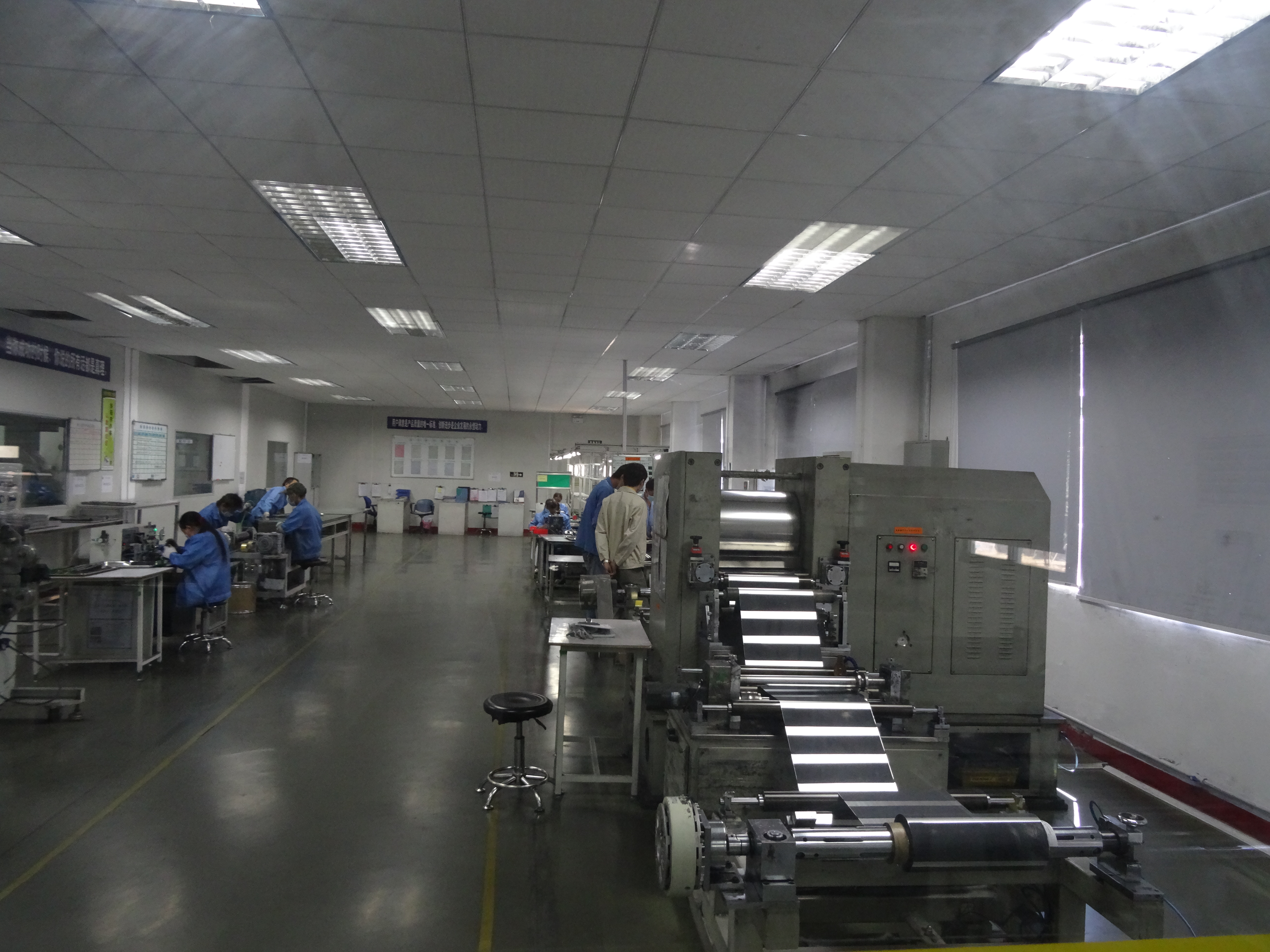Lithium Battery Manufacturing
2021-07-02
The processes used for manufacturing Lithium batteries are very similar to those used in the production of Nickel Cadmium cells and Nickel Metal Hydride cells with some key differences associated with the higher reactivity of the chemicals used in the Lithium cells.
Electrode Coating
The anodes and cathodes in Lithium cells are of similar form and are made by similar processes on similar or identical equipment. The active electrode materials are coated on both sides of metallic foils which act as the current collectors conducting the current in and out of the cell. The anode material is a form of Carbon and the cathode is a Lithium metal oxide. Both of these materials are delivered to the factory in the form of black powder and to the untrained eye they are almost indistinguishable from each other. Since contamination between the anode and cathode materials will ruin the battery, great care must be taken to prevent these materials from coming into contact with each other. For this reason the anodes and cathodes are usually processed in different rooms.
Particle size must be kept to a minimum in order to achieve the maximum effective surface area of the electrodes needed for high current cells. Particle shape is also important. Smooth spherical shapes with rounded edges are desirable since sharp edges or flaky surfaces are susceptible to higher electrical stress and decomposition of the anode passivating, which can lead to very large heat generation and possible thermal runaway when the cells are in use.
The metal electrode foils are delivered on large reels, typically about 500 mm wide, with copper for the anode and aluminium for the cathode, and these reels are mounted directly on the coating machines where the foil is unreeled as it is fed into the machine through precision rollers.
The coating process is shown in the diagram below
The first stage is to mix the electrode materials with a conductive binder to form a slurry which is spread on the surface of the foil as it passes into the machine. A knife edge is located just above the foil and the thickness of the electrode coating is controlled by adjusting the gap between the knife edge and the foil. Since it is not unusual for the gravimetric or volumetric energy storage capacity of the anode material to be different from that of the cathode material, the thickness of the coating layers must be set to allow the energy storage per unit area of the anode and cathode electrodes to be matched.
From the coater, the coated foil is fed directly into a long drying oven to bake the electrode material onto the foil. As the coated foil exits the oven it is re-reeled.
The coated foils are subsequently fed into slitting machines to cut the foil into narrower strips suitable for different sizes of electrodes. Later they are cut to length. Any burrs on the edges of the foil strips could give rise to internal short circuits in the cells so the slitting machine must be very precisely manufactured and maintained.









![~H~6{U56[Y8U[4EN@]O(1ZP ~H~6{U56[Y8U[4EN@]O(1ZP](/upload/2020-05/11/H6U56Y8U4ENO1ZP.png)




